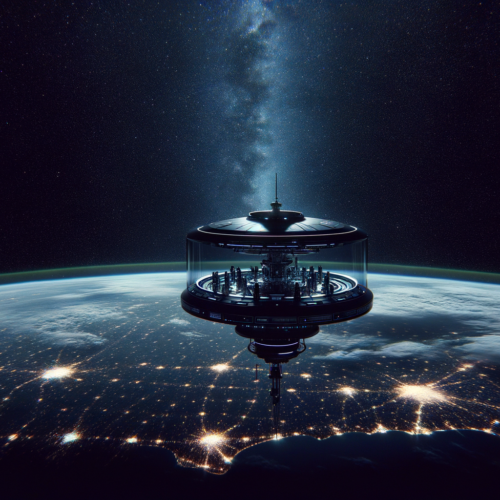Day Turns to Night: The 2024 Total Solar Eclipse Spectacle
- Widespread Enthusiasm: Cities across the U.S. brace for a massive influx of eclipse chasers, eager to witness the last total solar eclipse visible from the continental U.S. for two decades.
- Eclipse Overview: On April 8, 2024, the moon will perfectly align between the Earth and sun, casting a shadow that will turn day into night across North America.
- Viewing Essentials: Despite varying local weather conditions, eclipse glasses are a must for safely enjoying the celestial event, with live streams available for those under cloudy skies.
The Cosmic Dance of Sun, Moon, and Earth
What Makes This Eclipse Special?
Mark your calendars and ready your eclipse glasses for April 8, 2024, as the moon stages a grand celestial intervention, blotting out the sun and plunging a swath of North America into daytime darkness. This isn’t just any eclipse; it’s the broadest path of totality since 2017, meaning more people, approximately 31.6 million, are directly in the moon’s shadow. Not to mention, it lasts nearly two minutes longer, offering a better view of the sun’s corona, especially thrilling given the current peak in solar activity.
Where and When to Watch
The eclipse will travel from Mexico and Texas through Maine and parts of Canada, with major cities along the path experiencing totality at specific times. For instance, Dallas, Texas, will witness it from 1:40-1:44 p.m. CDT, and the spectacle will conclude in Caribou, Maine, from 3:32-3:34 p.m. EDT. It’s a time-sensitive event, where even a few minutes can define whether you’re in the shadow or merely experiencing a partial eclipse.
Weather: The Make or Break Factor
While the excitement is palpable, Mother Nature holds a wildcard that could slightly dampen spirits. Forecasters predict a mix of clouds and possible severe weather along the eclipse’s path, particularly concerning for those in Texas, Oklahoma, Arkansas, and Louisiana. Nonetheless, clear skies await viewers in Northern New England and Canada, promising an unobstructed view of this rare alignment.
Preparation Is Key
No matter your location, viewing the eclipse safely is paramount. Those in the path of totality can briefly remove their glasses when the moon fully covers the sun, but at all other times, and especially for those watching a partial eclipse, protective eyewear is non-negotiable to avoid eclipse blindness or solar retinopathy.
Can’t Make This One? There’s More to Come
If you miss the 2024 spectacle, don’t fret. Eclipses are not as rare as you might think, occurring roughly every 18 months. However, the next total solar eclipse visible in North America won’t be until August 12, 2026, with subsequent ones traversing different parts of the globe.
How to Stay Tuned
For those unable to witness the eclipse firsthand, NewsNation promises comprehensive coverage, with correspondents stationed across the path of totality. Their live broadcast and online platforms offer a virtual front-row seat to the eclipse, ensuring nobody misses out on this astronomical phenomenon.
Jon’s Take
As we gear up to witness this celestial ballet, it’s a humbling reminder of the cosmos’s vastness and the incredible synchrony of our universe. Whether you’re in the path of totality or watching from afar, this eclipse is a testament to the wonders above us, urging us all to look up and wonder. Remember, the truth isn’t just out there – it’s right here, unfolding above us in the daytime sky.
Original Article




